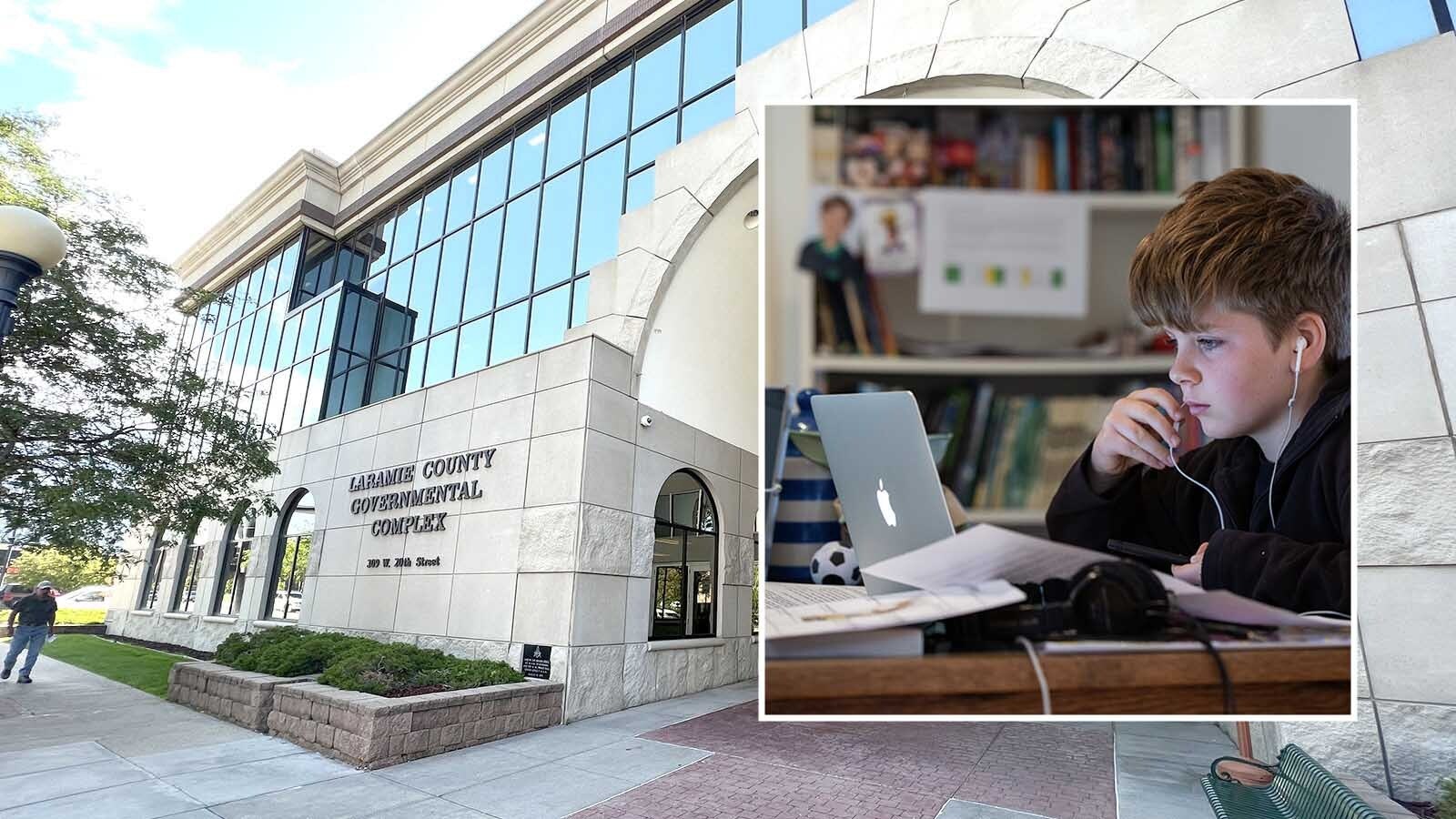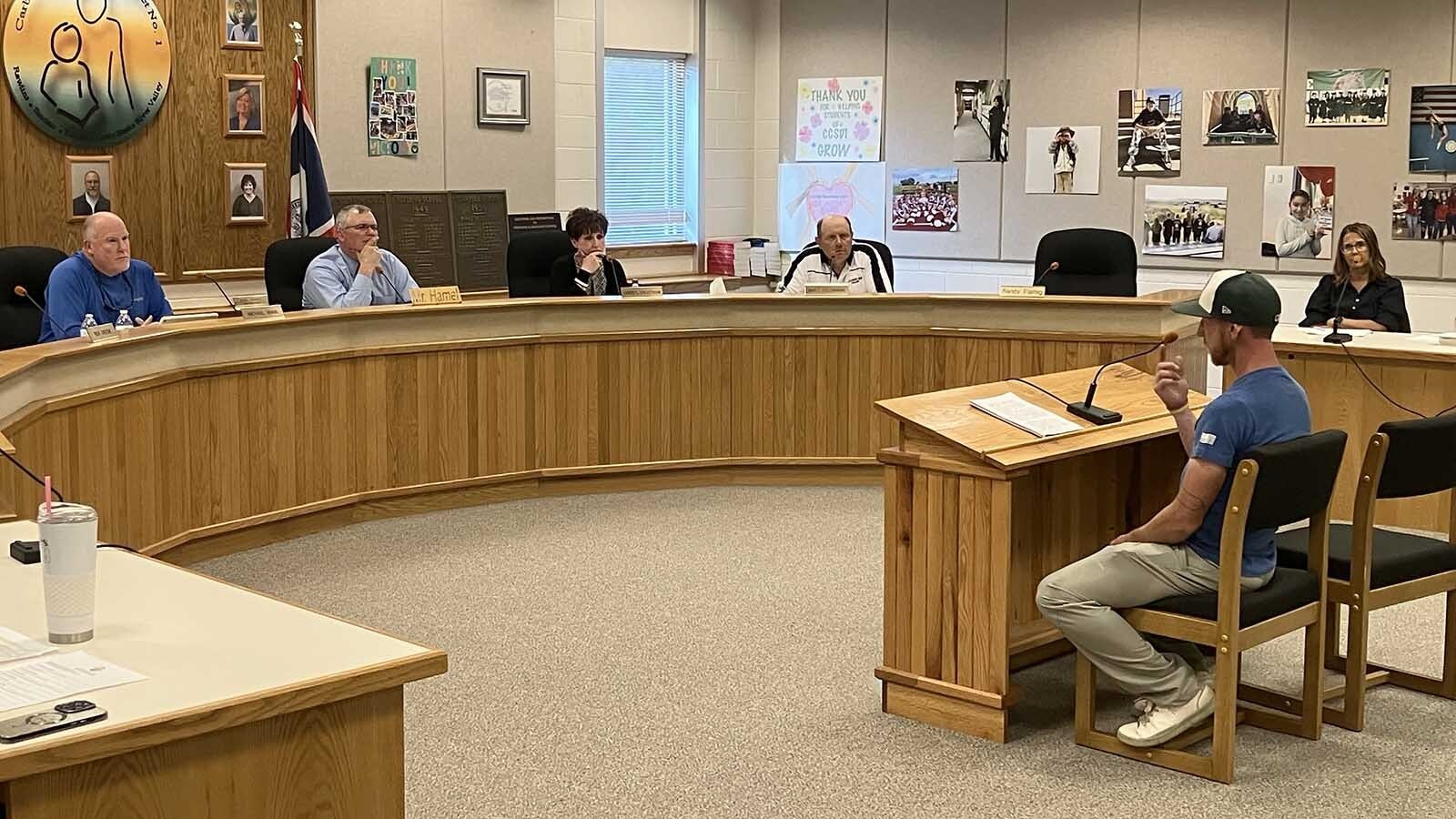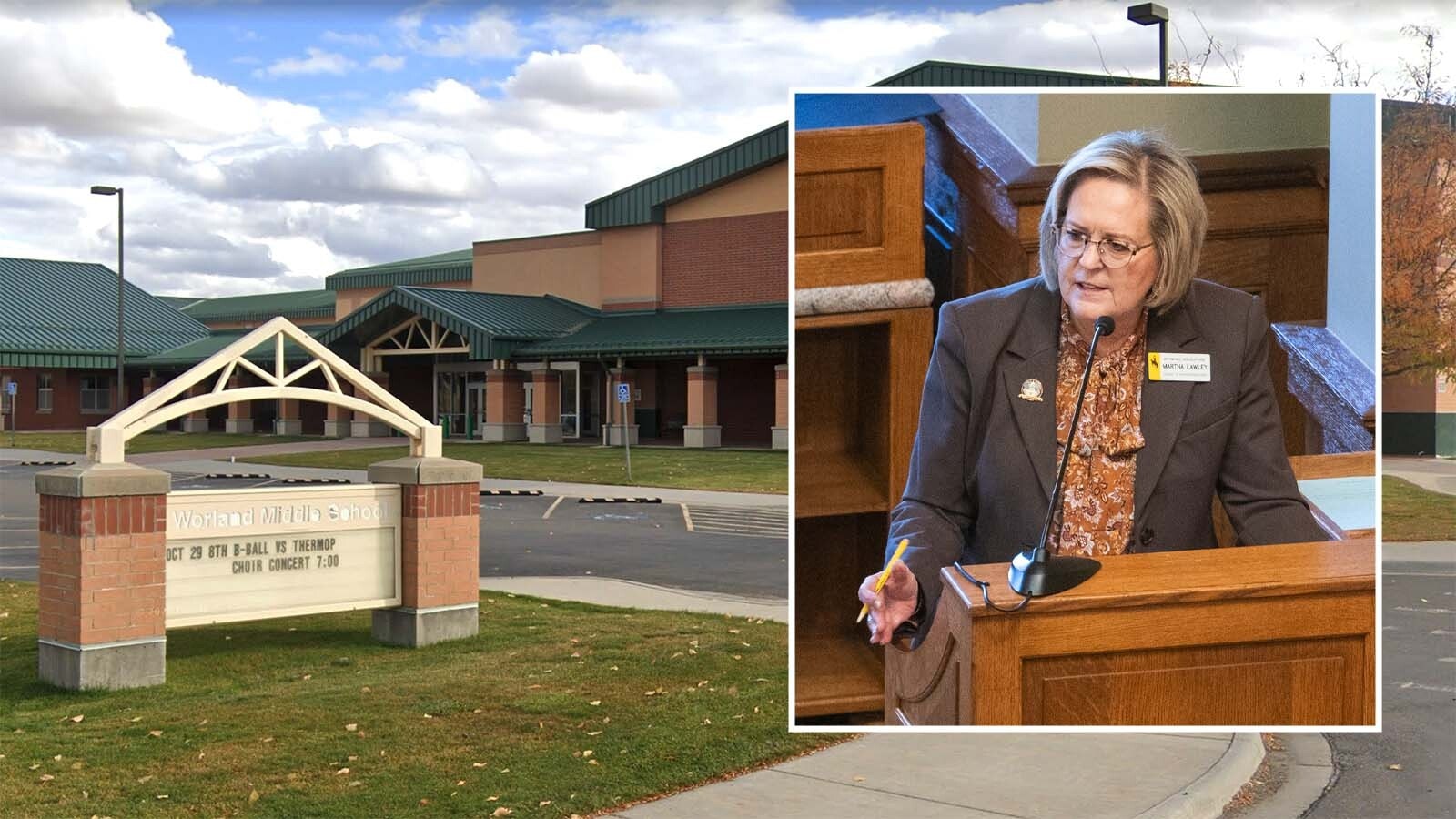Of the 48 school districts in Wyoming, four have adopted policies allowing staff to carry firearms on school district property, and a fifth district is considering the option.
Following the state’s adoption of a bill in 2017 giving school districts the authority to arm teachers, school districts in Evanston, Ten Sleep, Lander and Cody approved firearms policies, said Brian Farmer, Wyoming School Board Association’s executive director. Campbell County School District No. 1 in Gillette is considering policy options for allowing teachers to carry firearms, but Farmer said tracking which school boards are examining the idea is challenging.
“It’s difficult to say who’s considering, because nobody maintains a list of who’s having discussions or has had one,” he explained.
The Wyoming Department of Education does not keep a tally on which school districts approve firearms policies and declined requests for an interview on the topic, referring instead to a blanket statement in its School Safety and Security manual.
“We all know that keeping our students safe is our No. 1 responsibility as education leaders, but securing a safe environment looks different in each school and district,” Wyoming Superintendent of Public Instruction Jillian Balow says in the manual. “While the Department of Education does not have rule-making authority related to this law, we felt it would be beneficial to work with interested stakeholders to answer any questions the new law presents.”
Farmer said his association worked with the department to create a manual for guidance on the topic, but the association’s official preferred method of increasing security is using school resource officers.
“We’ve offered a uniform (firearms) policy that districts can use as guidance as part of our policy service,” he said.
Through the service, school boards can receive basic policy framework, written within the confines of state statute, then tailor the policy to the district’s needs.
“All of this only leads to the point where staff may carry — it doesn’t put guns in the hands of every staff member,” Farmer said. “The decision for a local district to adopt the staff authorization for the use of firearms really does require a conversation with the community.”
Community is a broad term and does not apply solely to the parents of students, he added.
“If you look at the statute, community isn’t just one entity,” Farmer said. “It includes law enforcement, school staff, parents and the community at large.”
Even after the polling the community and creating a policy, problems can arise.In the case of Evanston’s Uinta County School District No. 1, local residents sued the district in 2018 over its policy creation process and sued it again in August, questioning whether the policy itself violates the Wyoming Constitution.
“In Evanston, the board, and therefore, the school district, is dedicated to the implementation of the policy,” Farmer said. “The district has essentially said, ‘If we need to go back and fix more, we will.’”
The lawsuits could stall other school districts considering firearms policies.
“It’s very difficult to say whether or not it does have an impact,” Farmer said. “But, we have heard some (school board members) wanted to wait to see how the lawsuit played out.”
For Campbell County, adopting a firearms policy is just one of the options on the table, said Alex Ayers, superintendent of Campbell County School District No. 1.
“The only decision (the Campbell County School District No. 1 school board) made is they would like to see a policy,” Ayers explained. “They’ve talked about four options, and the first is do nothing.”
The other options include adding up to four more school resource officers, adopting a policy permitting teachers to arm themselves or combining the two.
“Safety and security is the primary concern,” Ayers said. “I wouldn’t say there is higher risk (for school shootings) in Gillette, but I do think we have an obligation in the interest of safety to have conversations … about additional measures.”
In 2018, a 14-year-old student brought two handguns to school in Gillette and threatened another student and staff, which might factor into the school board’s final decision, but Ayers said the policy conversation started before the incident.
“We certainly know it’s not probable that we could have an event such as an active shooter,” he said. “But it is possible, and those transparent, open conversations about options are normal.”





